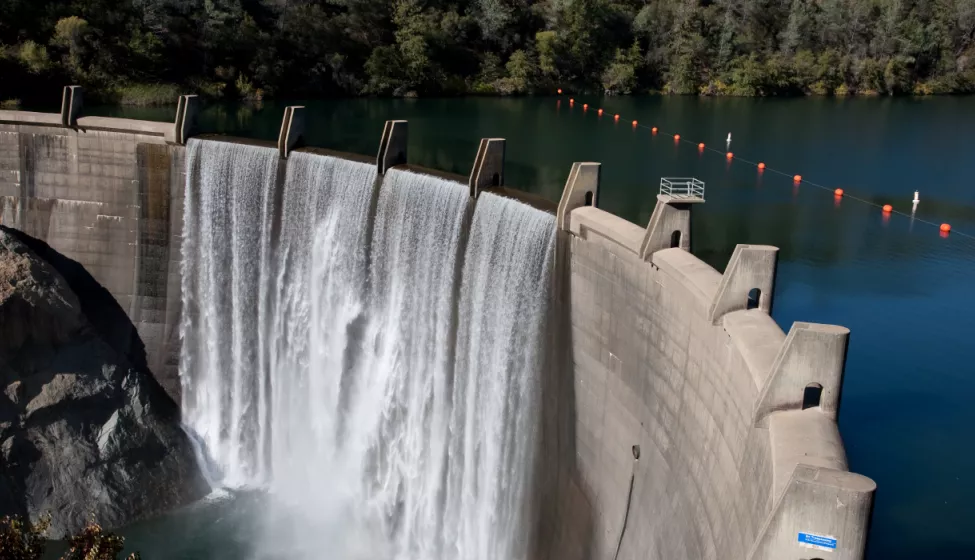December 19, 2022
New notification level for PFHxS is lower than those for other PFAS
On Oct. 31, the California State Water Resources Control Board's Division of Drinking Water (DDW) issued final drinking water notification and response levels for perfluorohexanesulfonic acid (PFHxS) of 3 and 20 parts per trillion (ppt), respectively. PFHxS is a per- and polyfluorinated alkyl substance (PFAS) commonly present in aqueous film-forming foams used in firefighting, as well as food packaging and stain- and water-resistant materials made before approximately 2002. PFHxS is detected in groundwater and in some drinking water supply wells across California.
These levels are non-regulatory, health-based advisory levels only. However, for those drinking water suppliers who choose to or are required to monitor for PFAS, DDW requires notifying drinking water customers when concentrations of PFHxS exceed the notification level as well as treating or removing drinking water from service areas when concentrations exceed the response level. Establishing these levels is the first step toward establishing a maximum contaminant level that is enforced by regulation, which must also consider feasibility and cost.
This is the fourth PFAS compound with notification and response levels issued by the state of California. The notification level for PFHxS is lower than notification levels issued to date for other PFAS. A public health assessment conducted by the State of California determined that the concentration of PFHxS that would pose no health risk is 2 ppt, which is lower than the analytical detection limit of 3 ppt for PFHxS; thus, the State used the analytical detection limit of 3 ppt to establish the notification level. Table 1 lists the notification and response levels for other PFAS compounds in California.
Table 1. California notification and response levels for PFAS
Compound | Notification Level (ppt) | Response Level (ppt) |
|---|---|---|
Perfluorooctanoic acid (PFOA) | 5.1 | 10 |
Perfluorooctane sulfonic acid (PFOS) | 6.5 | 40 |
Perfluorobutane sulfonic acid (PFBS) | 500 | 5,000 |
Perfluorohexane sulfonic acid (PFHxS) | 3 | 20 |
These levels issued by the State of California are also lower than those issued by other states. Table 2 compares California's notification and response levels for PFHxS with levels established in 15 other states.
Table 2. California PFHxS notification and response levels comparted to other states
State | Level (ppt) | Type of regulation | Action if exceeded |
|---|---|---|---|
California | 3/20 | Notification of consumers Removal of water source, blending, or treatment | |
Colorado | 700 | — | |
Connecticut | 49 | Recommended notification and removal of water source or treatment | |
Hawaii | 19 | — | |
Illinois | 140 | — | |
Maine | 20 | Notification, monitoring, and treatment | |
Maryland | 140 | Recommended alternative water source or treatment | |
Massachusetts | 20 | Treatment | |
Michigan | 51 | Treatment | |
Minnesota | 47 | — | |
New Hampshire | 18 | Treatment | |
Ohio | 140 | — | |
Oregon | 30 | — | |
Rhode Island | 20 | Monitoring and treatment | |
Vermont | 20 | Treatment | |
Washington | 65 | Required monitoring, follow-up actions, and public notification |
How Exponent Can Help
Exponent's environmental engineers, chemists, health scientists, and regulatory managers can help clients evaluate the presence of PFHxS and other PFAS at their site, identify the potential sources, and provide approaches for evaluating environmental and health concerns.


